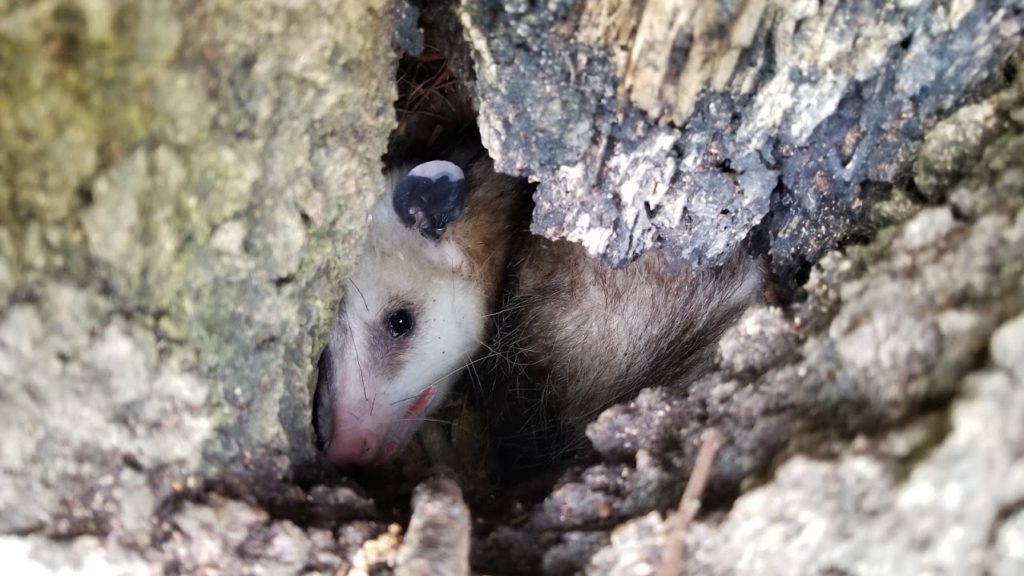SRS landscape central to national partnership’s fight to eradicate rabies

Photo: David Bernasconi
Since 2017, the wild lands of the Savannah River Site have served as a front line in the U.S. Department of Agriculture’s fight to eradicate rabies in the nation.
Researchers at the University of Georgia’s Savannah River Ecology Laboratory have been conducting studies focused on the elimination of rabies in raccoons in partnership with the National Rabies Management Program operated by USDA’s Animal Plant Health and Inspection Service. The research is intended to determine the most efficient method for vaccinating the raccoon population to support the goal of preventing the spread of wildlife rabies.
Olin “Gene” Rhodes, director of SREL and a wildlife ecologist, said the site’s 310-square-mile landscape and its diverse habitats, characteristic of the southeast U.S., are ideal for conducting the research.
“Rabies is classified as a zoonotic disease because it is transmitted from animals to humans. If not quickly treated, it is fatal to humans, and it is a significant issue in the Southeastern U.S.,” Rhodes said. “Large areas of federally owned land like the SRS are excellent locations for critical research on zoonotic diseases as they are home to large populations of animals that commonly carry the variants of the rabies virus in the Southeastern U.S., like raccoons, skunks, foxes, and bats.”
According to APHIS and the Centers for Disease Control and Prevention, raccoons are the dominant carrier and species of concern for rabies in the region.
Guha Dharmarajan, an assistant research scientist at SREL, supervises graduate students working on the project. He said inoculating raccoon populations in Southeastern states requires overcoming an obstacle: opossums.
Opossums, non-carriers of the virus, can be found in the same habitats as the raccoons — bottomland swamps, isolated wetlands, and upland pine. As a result, they often consume the bait intended for raccoons, according to Dharmarajan.
“We are using capture-recapture methods and remote camera surveillance to determine how densities of raccoons and opossums differ among common southeastern habitat types, like those found on the SRS. Using this data, we can improve the efficacy of USDA’s baiting strategy in the region,” he said.
A major component of the research is the cost-effective approach of distributing oral placebo baits in the habitats to determine the percentage of baits eaten by the raccoons as well as the percentage taken by non-target species such as opossums. The results will provide guidance to USDA on the most efficient method to distribute oral vaccines to ensure a high rate of inoculation in the species.
Rhodes said ensuring the health of wild species is vital to ensuring human health, particularly in the case of zoonotic diseases. He also said research data that may be used to combat the spread of the disease is critical to the environmental stewardship goals of DOE and other federal agencies that are large landholders in the U.S.
Through its cooperative agreement with the DOE, UGA has been able to develop facilities, expertise, and capabilities to use the SRS as a testing ground for research focused on solving large-scale issues critical to human health and the control of zoonotic disease in the U.S.
